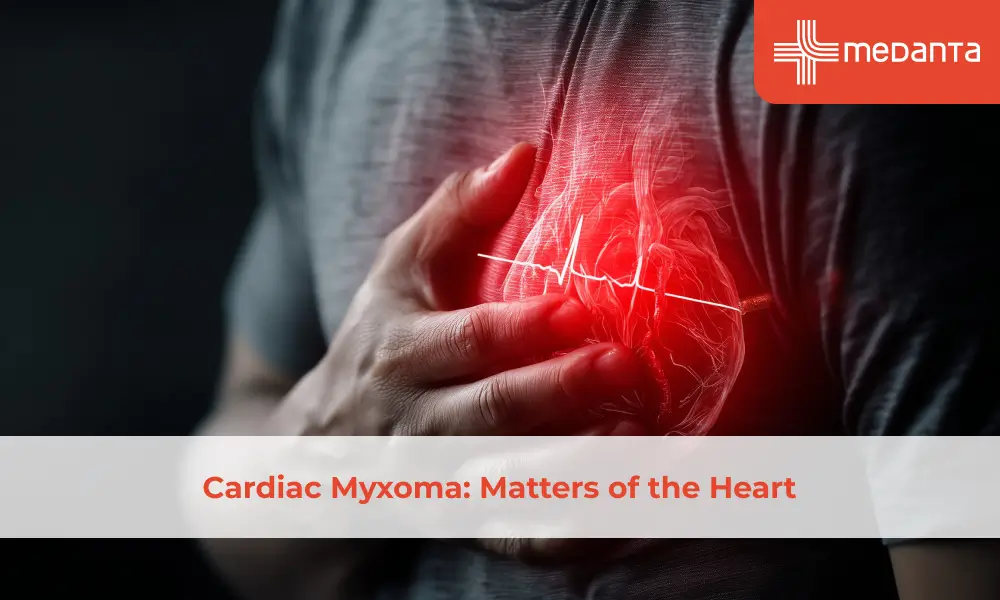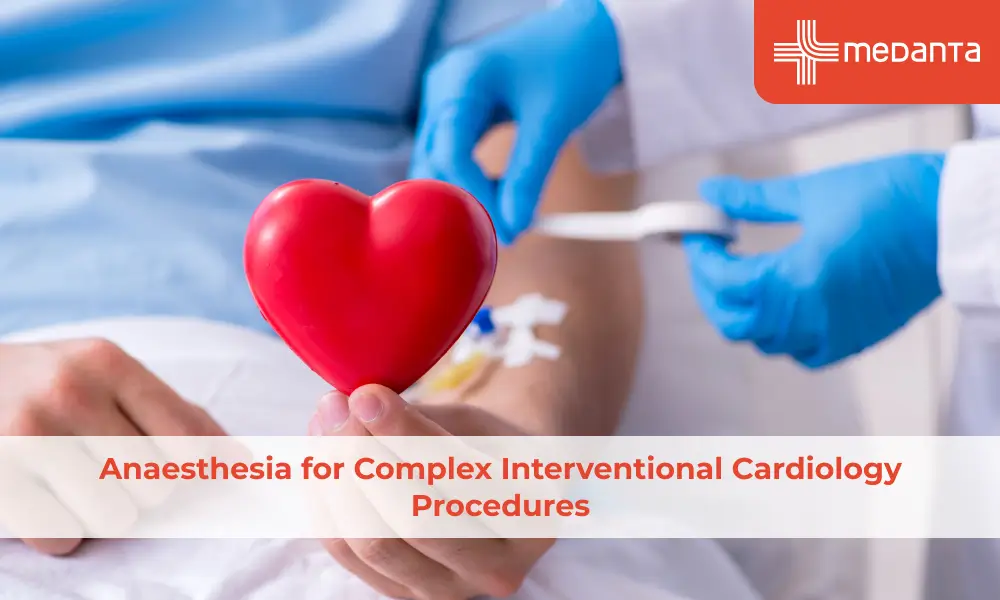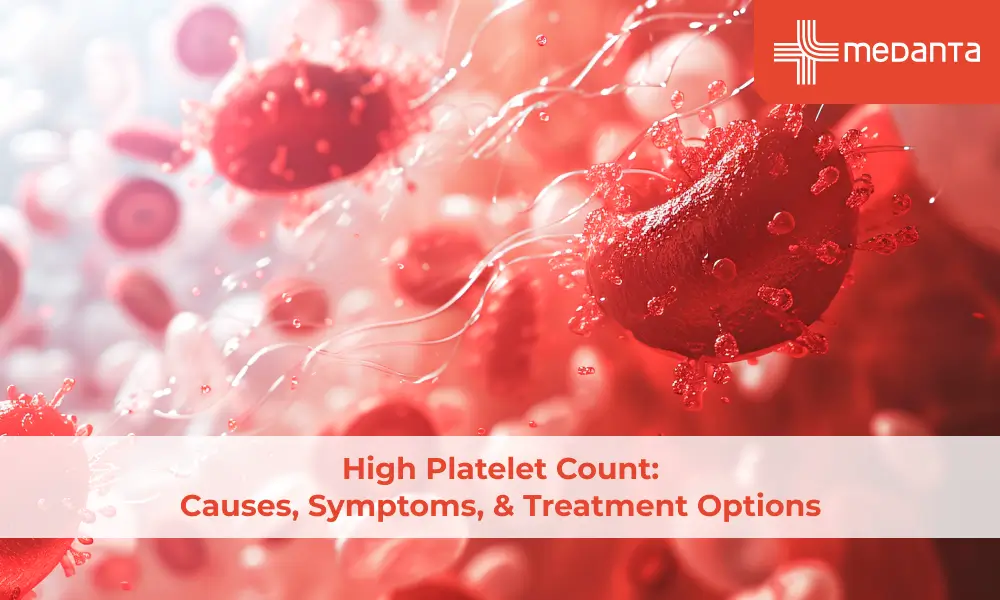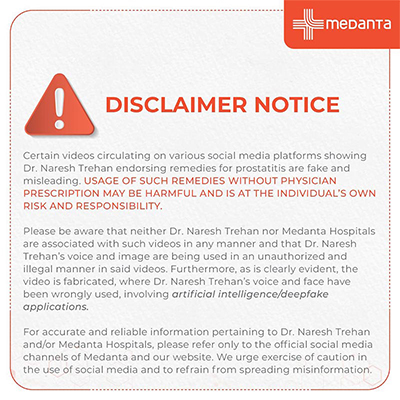Cardiac Myxoma: Matters of the Heart

TABLE OF CONTENTS
Cardiac myxoma is a noncancerous tumor that develops from the heart's connective tissue. It is the most common form of primary heart tumor in adults. There are two upper chambers of the heart, the atria, which are where atrial myxomas occur.
Myxomas of the left atrium constitute the majority of atrial myxomas. They typically begin at the septum, which divides the left and right halves of the heart. Myxomas can also develop in other parts of the human body, such as in the skeletal muscles.
Is It Really Cancer?
Myxoma is not a kind of cancer. Tumors are abnormal cell growths that generate a mass in general. The growing tumor is characterized as a malignant tumor, or cancer if the tumor cells can spread and invade other tissues, a process known as metastasis. Because myxomas are unable to penetrate other tissues, they are classified as benign or noncancerous tumors.
Causes of Cardiac Myxoma
When an excessive number of cells in a body region multiply and grow, they form benign tumors that do not invade other tissues. Most myxomas are unpredictable, which means that there isn't always a definite reason. A combination of genetic and environmental risk factors is thought to have a role in the development of a myxoma. However, it appears that one out of every ten occurrences of atrial myxoma is inherited or handed down via families. Familial myxomas are myxomas that are passed down through the generations.
Cardiac Myxoma: Signs and Symptoms
Although they may occur at any time, most often they are related to a change in posture. Here are some of the cardiac myxoma symptoms:
During and after physical activity, there is shortness of breath
Platypnoea: It is a condition characterized by difficulty breathing in the upright posture and alleviation in the supine position (a position in which the person is laying face up).
Paroxysmal nocturnal dyspnea: It is a breathing problem that occurs while sleeping.
Lightheadedness
Fainting
Palpitation: Sensation of feeling your own heartbeat.
Pain or stiffness in the chest
Other Symptoms are:
Cough
Fever
Involuntary weight loss is known as Cachexia
General discomfort is known as malaise
Joint pain
Blueness of skin
How is Myxoma Diagnosed?
The location and size of the tumor determine the diagnosis of all myxomas. A physical examination can identify the existence of irregular heart sounds in people who are having symptoms related to cardiac myxoma. To diagnose myxomas, the doctor may recommend a few tests, including:
Echocardiogram and Doppler Study
Chest X-Ray
CT scan of the chest
Heart MRI
Angiogram
ECG
How Is Myxoma Removed?
An immediate surgical resection is the most accepted cardiac myxoma treatment for. The tumor in a cardiac myxoma is removed by open-heart surgery. Depending on the amount of tumor penetration, the atrial septum, or wall that divides the left and right upper chambers of the heart, may also be removed. The atrial septum can be repaired using the pericardium, which is a two-layered membrane that surrounds the heart. Individuals with myxoma that extends into the mitral valve may need to have the valve replaced. Myxomas can recur in rare cases if the tumor is not entirely excised following surgery.
Treatment for associated conditions such as arrhythmia, heart failure, or emboli may require medical intervention.
Cardiac Myxoma: What You Need to Know
Once you are diagnosed with cardiac myxoma you should be aware of the signs and symptoms such
If you are feeling fatigued and numb throughout the day, especially on one side of the body, it might be an indication of stroke or systemic embolization.
Chest pain, shortness of breath, leg swelling (congested heart failure, pulmonary embolism)
Endocarditis: fever, chills, night sweats, change in skin color, or changes in skin texture.
In case of these signs and symptoms, consult your healthcare provider immediately.
You need to understand that surgical resection is the best treatment and have a good prognosis. You may consult a specialist for a detailed discussion on your specific treatment.
Reference:
Valvular Heart Disease. (2020). In Kumar, V., Abbas, A. K., Aster, J.C., (Eds.). Robbins & Cotran Pathologic Basis of Disease. (10th ed., p. 579).
Gaasch, W.H., Salm, T.J.V. (2020). Cardiac tumors. UpToDate. Retrieved December 17, 2020, from https://www.uptodate.com/contents/cardiac-tumors?search=Atrial%20myxoma&source=search_result&selectedTitle=1~46&usage_type=default&display_rank=1#H12461347
Kuon, E., Kreplin, M., Weiss, W., Dahm, J.B. (2004). The challenge presented by right atrial myxoma. Herz. 2004 Nov;29(7):702-9. doi: 10.1007/s00059-004-2571-7. PMID: 15580325.






